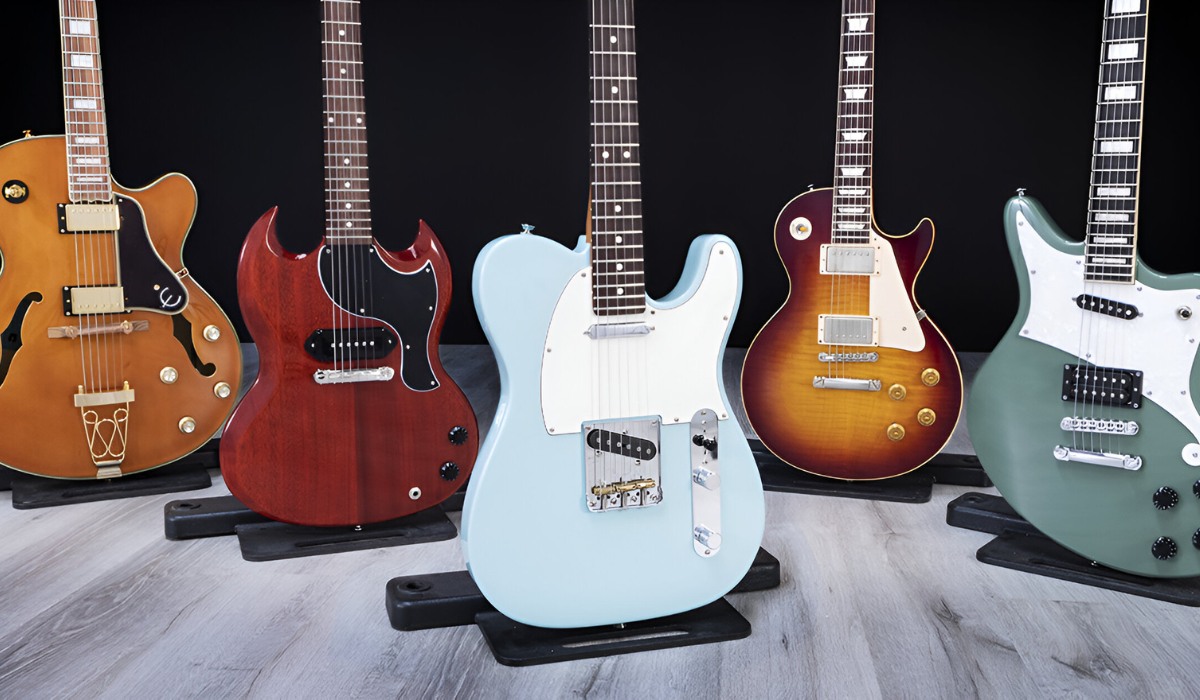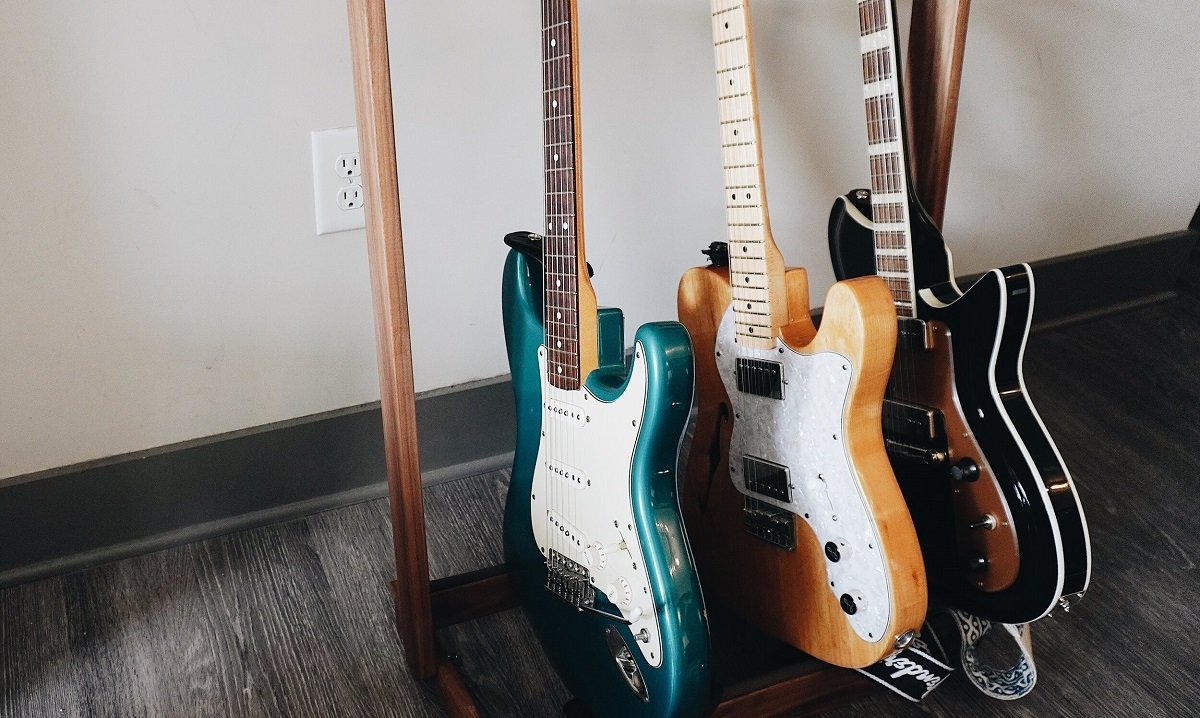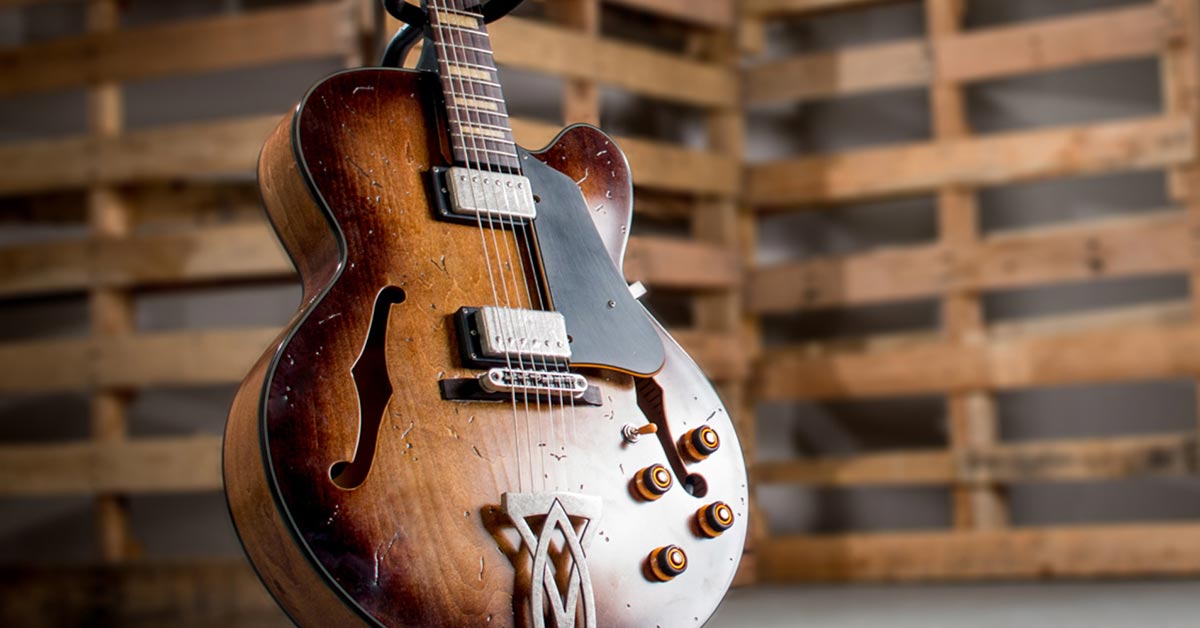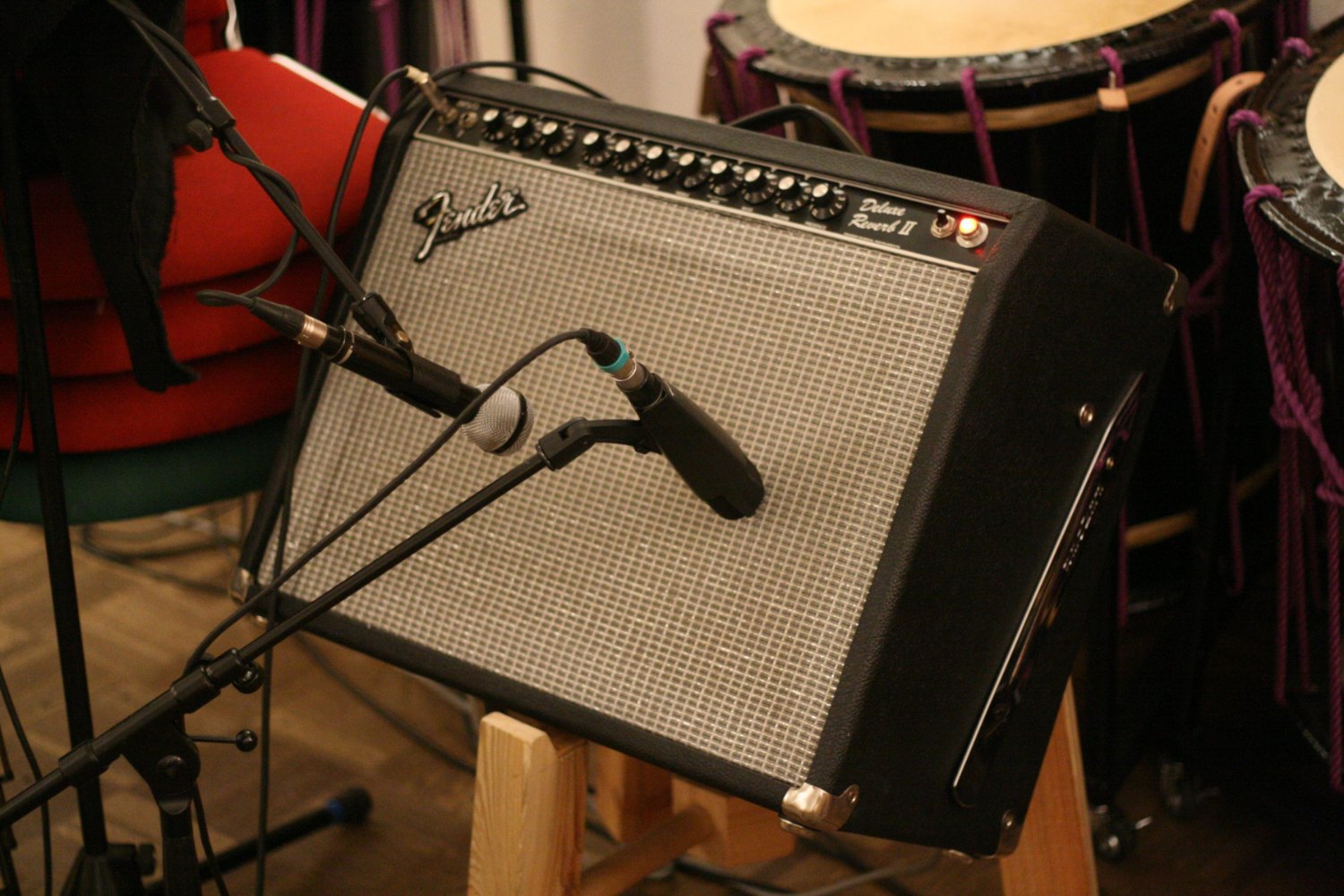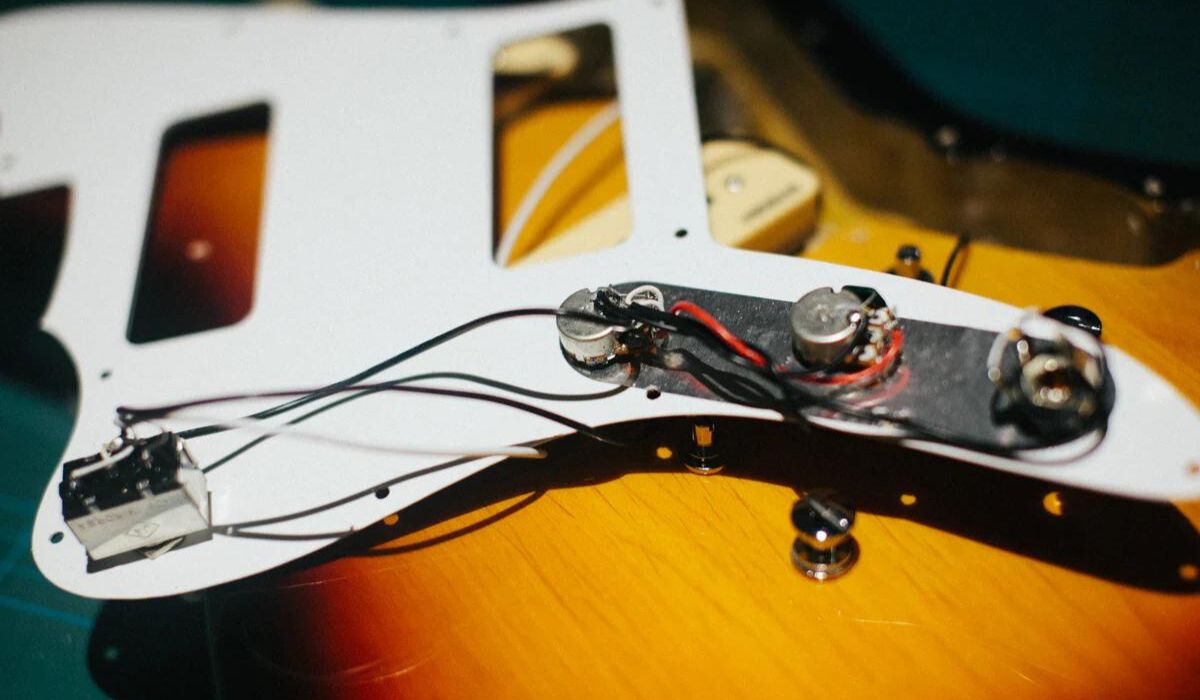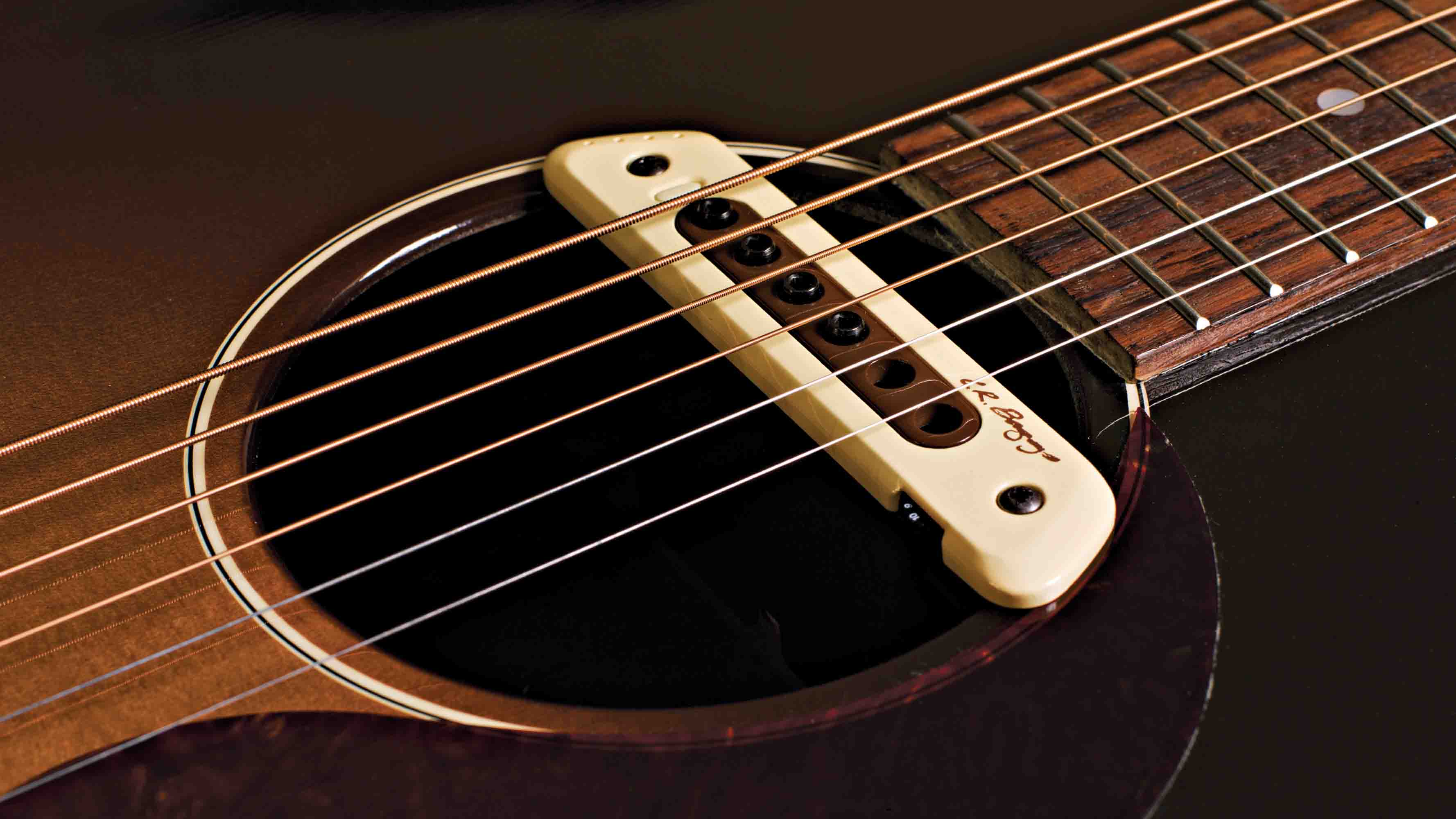Introduction
So, you"ve decided to take the plunge and dive into the world of electric guitars. Congratulations! This is an exciting journey that will open up a world of musical possibilities. Whether you"re a beginner looking to buy your first electric guitar or an experienced player seeking to expand your collection, choosing the right electric guitar is crucial to your musical journey. With countless options available on the market, it"s essential to consider various factors to ensure that you find the perfect instrument that resonates with your unique style and preferences.
In this comprehensive guide, we"ll explore the key considerations for selecting the right electric guitar. From understanding how your musical style influences your choice to delving into the technical aspects of guitar anatomy and hardware, we"ll cover everything you need to know to make an informed decision. By the end of this guide, you"ll be equipped with the knowledge and insights to confidently choose an electric guitar that complements your playing style, musical genre, and budget.
Whether you"re drawn to the raw power of rock and metal, the soulful sounds of blues, the intricate melodies of jazz, or the rhythmic beats of pop and country, there"s an electric guitar out there that"s perfect for you. Let"s embark on this exciting journey together and unravel the intricacies of selecting the ideal electric guitar that will inspire and empower you to create beautiful music.
Consider Your Musical Style
Before diving into the myriad of electric guitar options, it’s essential to reflect on your musical style and the genres you’re passionate about. Your musical preferences will heavily influence the type of electric guitar that best suits your needs. For instance, if you’re drawn to the blistering riffs and searing solos of rock and metal, you may lean towards a guitar with humbucker pickups and a solid-body construction for maximum sustain and distortion. On the other hand, if you’re captivated by the smooth, expressive tones of jazz, a hollow or semi-hollow body guitar with single-coil pickups might be more aligned with your musical aspirations.
Furthermore, if you’re a versatile musician who enjoys exploring various genres, a guitar with coil-tapping or a wide range of tonal options can provide the flexibility to adapt to different styles. Understanding the sonic characteristics and tonal versatility of different electric guitar models will empower you to make an informed choice that resonates with your musical identity.
Consider the artists and guitarists who inspire you. Take note of the instruments they use and the sonic qualities that define their signature sound. Whether it’s the gritty blues licks of Stevie Ray Vaughan, the ethereal textures of U2’s The Edge, or the iconic rock anthems of Slash, identifying with the musical styles of your idols can guide you towards the electric guitar that embodies the sonic palette you aspire to explore.
Choose the Right Body Type
The body type of an electric guitar plays a pivotal role in shaping its sound, ergonomics, and aesthetic appeal. There are several common body types, each with distinct characteristics that cater to different playing styles and sonic preferences.
Solid Body: Solid body electric guitars, such as the iconic Fender Stratocaster and Gibson Les Paul, are revered for their sustain, clarity, and versatility. These guitars excel in genres that demand powerful, cutting-edge tones, making them a popular choice for rock, blues, and heavy metal musicians. Their solid construction minimizes feedback, making them ideal for high-gain amplification and stage performances.
Hollow Body: Hollow body guitars, like the Gibson ES-335 and the legendary Gretsch models, offer a warm, resonant tone with rich harmonic overtones. These instruments are favored in jazz, blues, and rockabilly genres for their acoustic-like projection and vintage allure. Their hollow design produces a naturally vibrant sound that adds a touch of warmth and depth to your playing.
Semi-Hollow Body: Combining the best of both worlds, semi-hollow body guitars strike a balance between the sustain of solid bodies and the acoustic resonance of hollow bodies. Popularized by musicians across various genres, including blues, rock, and indie, semi-hollow guitars, such as the Gibson ES-335 and the versatile ES-339, offer a versatile tonal palette and a lightweight, comfortable playing experience.
When selecting an electric guitar, consider the sonic characteristics and ergonomic nuances offered by different body types. Whether you’re seeking the raw power of a solid body, the vintage charm of a hollow body, or the balanced versatility of a semi-hollow, choosing the right body type is a crucial step in finding an electric guitar that harmonizes with your playing style and sonic aspirations.
Pick the Right Neck Profile
The neck profile of an electric guitar significantly influences the playing experience, comfort, and overall feel of the instrument. When selecting a guitar, it’s essential to consider the neck profile that best complements your playing style and hand size. Electric guitars commonly feature three primary neck profiles, each offering distinct tactile sensations and ergonomic advantages.
C-Shaped Neck: Characterized by a rounded profile that conforms to the natural shape of the hand, C-shaped necks are favored for their comfortable grip and versatile playability. This profile is well-suited for players who prefer a balanced, all-purpose feel, making it ideal for various musical styles and techniques.
V-Shaped Neck: With a more pronounced, angular profile, V-shaped necks offer a distinctive feel that appeals to players seeking a vintage aesthetic and enhanced grip for aggressive playing styles. Commonly associated with classic electric guitars from the 1950s, the V-shaped profile provides a firm grasp and can facilitate precise bending and vibrato techniques.
Modern “D” or “Slim C” Neck: Evolving to meet the demands of contemporary players, modern “D” or “Slim C” neck profiles feature a flatter back and slightly thinner dimensions, catering to those who prioritize speed, effortless fretting, and extended playing sessions. This profile is often favored by shredders, lead guitarists, and those who value streamlined, fast-paced playing experiences.
When evaluating neck profiles, consider your preferred playing techniques, hand size, and comfort preferences. Whether you seek the classic feel of a C-shaped neck, the vintage allure of a V-shaped profile, or the contemporary agility of a modern “D” or “Slim C” neck, selecting the right neck profile is an integral step in ensuring a harmonious connection between you and your electric guitar.
Select the Right Pickups
When choosing an electric guitar, the type of pickups it features plays a pivotal role in shaping its tonal character and sonic versatility. Pickups are electromagnetic transducers that capture the vibrations of the guitar strings and convert them into electrical signals, ultimately defining the instrument’s sound. Understanding the different types of pickups and their sonic attributes is essential in selecting an electric guitar that aligns with your tonal preferences and playing style.
Single-Coil Pickups: Known for their bright, clear, and articulate sound, single-coil pickups, such as those found in Fender Stratocasters and Telecasters, deliver a crisp, twangy tone that excels in genres like country, blues, and surf rock. These pickups are prized for their clarity and dynamic response, making them ideal for intricate lead lines and clean, rhythm playing.
Humbucker Pickups: Humbuckers, featured in guitars like the Gibson Les Paul and SG, are renowned for their thick, warm, and powerful sound with reduced noise and hum. By effectively “bucking” the hum that plagues single-coil pickups, humbuckers produce a beefy, high-output tone that’s well-suited for rock, metal, and genres that demand a more aggressive, saturated sound.
P-90 Pickups: Offering a middle ground between single-coils and humbuckers, P-90 pickups deliver a balanced blend of clarity, warmth, and midrange punch. Found in guitars like the Gibson SG and some Les Paul models, P-90s provide a versatile sonic palette that suits a wide range of styles, from blues and rock to indie and alternative music.
When evaluating electric guitars, consider the pickups’ tonal characteristics and how they complement your preferred musical genres and playing techniques. Whether you’re drawn to the sparkling chime of single-coils, the robust power of humbuckers, or the versatile nuances of P-90s, selecting the right pickups is a crucial step in finding an electric guitar that resonates with your sonic aspirations.
Decide on the Right Scale Length
The scale length of an electric guitar, measured from the nut to the bridge, significantly influences its playability, string tension, and tonal characteristics. Understanding the implications of scale length is essential in selecting a guitar that aligns with your playing style, hand size, and sonic preferences.
Standard Scale (24.75 inches to 25.5 inches): Guitars with a standard scale length, such as the iconic Gibson Les Paul (24.75 inches) and Fender Stratocaster (25.5 inches), offer distinct playing experiences. Shorter scale lengths, like those found on Gibson models, can provide a slightly slinkier feel and easier string bending, making them well-suited for blues, rock, and lead guitar playing. Conversely, longer scale lengths, as seen on Fender guitars, offer tauter string tension and pronounced clarity, making them ideal for country, surf rock, and genres that benefit from enhanced note definition.
Extended Scale (Baritone and Beyond): For players seeking extended range and deeper, more resonant tones, baritone guitars and extended-scale instruments offer scale lengths exceeding the traditional standards. These guitars, with scale lengths typically ranging from 26 inches to 30 inches or more, provide extended low-end response, facilitating rich, bass-heavy textures that are favored in metal, progressive rock, and experimental genres.
When choosing an electric guitar, consider the implications of scale length on playability, string tension, and tonal characteristics. Whether you gravitate towards the fluid, expressive feel of a shorter scale, the articulate clarity of a longer scale, or the extended range of a baritone instrument, selecting the right scale length is a crucial step in finding a guitar that harmonizes with your playing dynamics and sonic preferences.
Consider the Hardware and Electronics
When selecting an electric guitar, paying attention to the hardware and electronics is crucial in ensuring that the instrument meets your functional and tonal requirements. From the bridge and tuners to the electronic components, each element contributes to the guitar’s playability, tuning stability, and sonic versatility.
Bridge and Tremolo Systems: The type of bridge greatly impacts the guitar’s intonation, sustain, and tuning stability. Fixed bridges, such as the Tune-O-Matic found on many Gibson models, offer robust sustain and precise intonation, making them ideal for rock and blues players. On the other hand, tremolo systems, like the iconic Fender synchronized tremolo, enable pitch manipulation and expressive vibrato effects, catering to surf rock, country, and modern rock guitarists.
Tuners: High-quality tuners are essential for maintaining stable tuning and facilitating smooth string changes. Whether you prefer traditional vintage-style tuners or modern locking tuners that enhance tuning stability and string security, choosing reliable tuners ensures that your guitar stays in tune during vigorous playing and extended performances.
Electronic Configuration: The electronic setup of an electric guitar, including the selection of tone woods, potentiometers, capacitors, and switches, significantly influences its tonal palette and sonic flexibility. Understanding the nuances of different electronic configurations, such as the tonal variations offered by different capacitor values or the tonal shaping capabilities of coil-tapping and phase-switching options, empowers you to select an instrument that aligns with your sonic aspirations.
By considering the hardware and electronics of an electric guitar, you can tailor the instrument to suit your playing style, tonal preferences, and performance requirements. Whether you prioritize stable tuning, expressive tremolo effects, or tonal versatility through advanced electronic configurations, paying attention to the hardware and electronics ensures that your guitar is equipped to meet the demands of your musical journey.
Set Your Budget
Setting a budget is a crucial step in the process of choosing the right electric guitar. Your budget not only determines the range of available options but also influences the quality, features, and craftsmanship of the instrument you can afford. When establishing your budget, it’s essential to strike a balance between your financial constraints and the value you seek in a guitar.
Entry-Level Budget: For beginners or those with limited financial resources, entry-level electric guitars offer a cost-effective entry point into the world of electric guitar playing. These guitars, often crafted from quality tonewoods and equipped with basic hardware and electronics, provide a platform for skill development and musical exploration without breaking the bank.
Mid-Range Budget: With a mid-range budget, you gain access to a broader spectrum of electric guitars that boast improved craftsmanship, enhanced playability, and upgraded hardware and electronics. Guitars in this category often feature premium tonewoods, versatile pickups, and refined construction, offering a compelling blend of quality and affordability.
High-End Budget: At the high end of the budget spectrum, you can explore elite electric guitars that embody superior craftsmanship, exceptional tonal characteristics, and advanced features. These instruments, often handcrafted with meticulous attention to detail, showcase premium materials, cutting-edge electronics, and impeccable playability, catering to discerning players and professionals seeking uncompromising quality.
When determining your budget, consider your long-term commitment to playing the electric guitar, your musical aspirations, and the level of investment that aligns with your dedication to the instrument. Whether you’re seeking an affordable entry-level guitar to kickstart your musical journey, a mid-range workhorse that offers versatility and quality, or a high-end masterpiece that represents the pinnacle of electric guitar craftsmanship, setting a realistic budget ensures that you find an instrument that meets your needs and inspires your musical endeavors.
Conclusion
Choosing the right electric guitar is a deeply personal and rewarding endeavor that hinges on a multitude of factors, ranging from your musical style and sonic preferences to the instrument’s construction, hardware, and budget considerations. By delving into the intricacies of electric guitar selection, you’ve embarked on a journey of self-discovery and musical exploration that will ultimately lead you to the perfect instrument that resonates with your unique identity as a guitarist.
As you navigate the diverse landscape of electric guitars, remember to embrace your musical influences, playing style, and sonic aspirations as guiding beacons that illuminate the path to your ideal instrument. Whether you’re drawn to the searing tones of rock and metal, the soulful expressions of blues and jazz, or the eclectic sounds of pop and indie music, there’s an electric guitar that embodies the sonic palette you seek.
Consider the nuances of body types, neck profiles, pickups, scale lengths, hardware, and electronics as essential elements that collectively shape the playing experience and tonal identity of an electric guitar. Each decision you make along the way, from selecting the right tonewood to fine-tuning the electronic configuration, contributes to the creation of an instrument that harmonizes with your musical vision and empowers you to articulate your creativity through music.
Ultimately, the journey of choosing the right electric guitar is a testament to your commitment to musical expression and the art of guitar playing. Whether you’re a novice embarking on your first guitar purchase or a seasoned player expanding your sonic arsenal, the electric guitar you choose will serve as a conduit for your musical voice, enabling you to convey emotions, tell stories, and embark on sonic adventures that resonate with your soul.
So, as you venture forth in pursuit of the perfect electric guitar, may your journey be filled with inspiration, discovery, and the joy of musical self-discovery. Embrace the nuances, cherish the process, and let your passion for music guide you towards the electric guitar that will become an extension of your musical identity and a source of boundless creativity.







